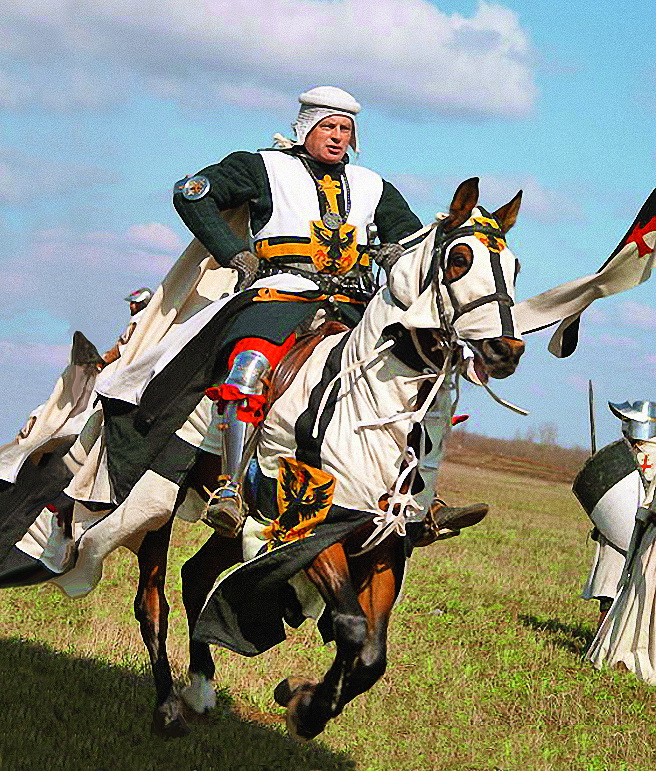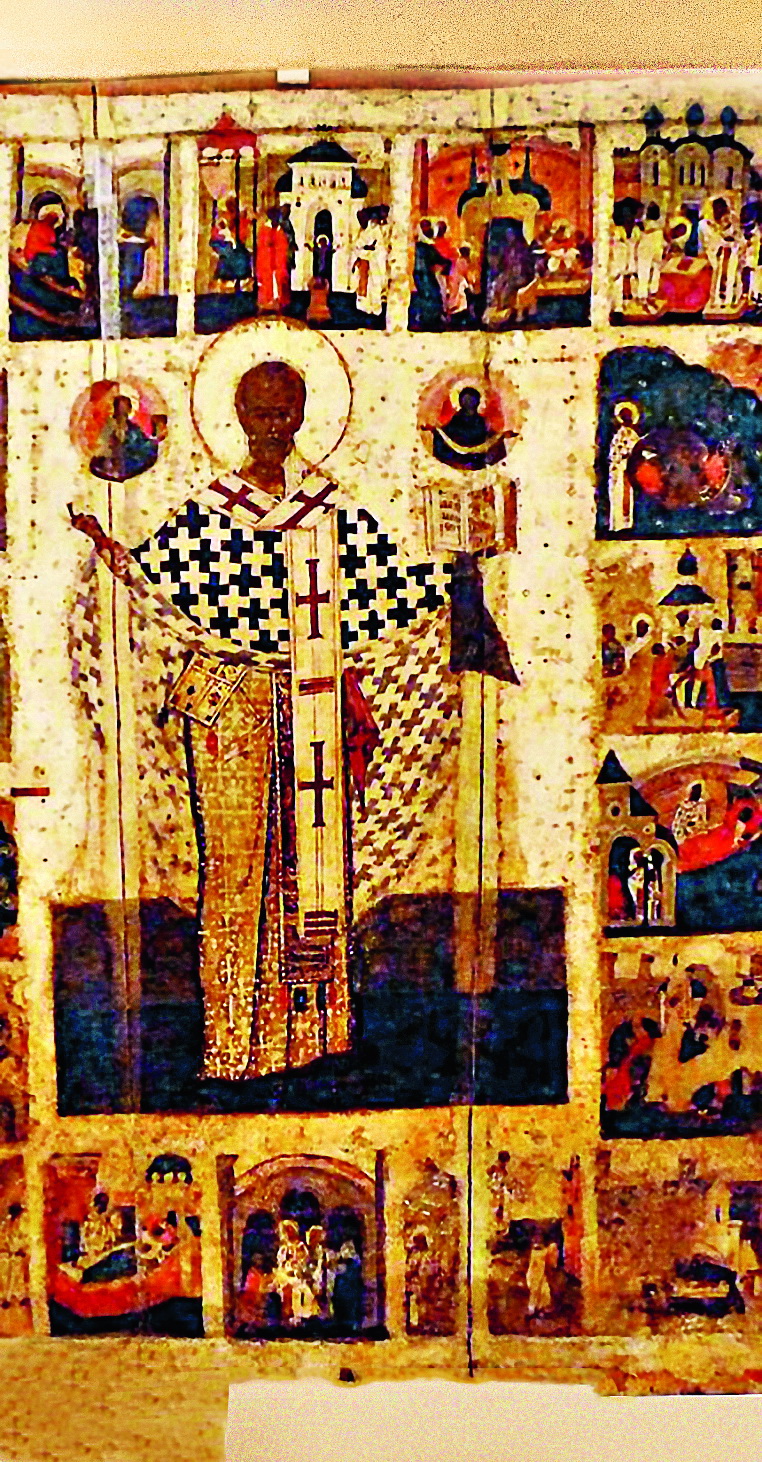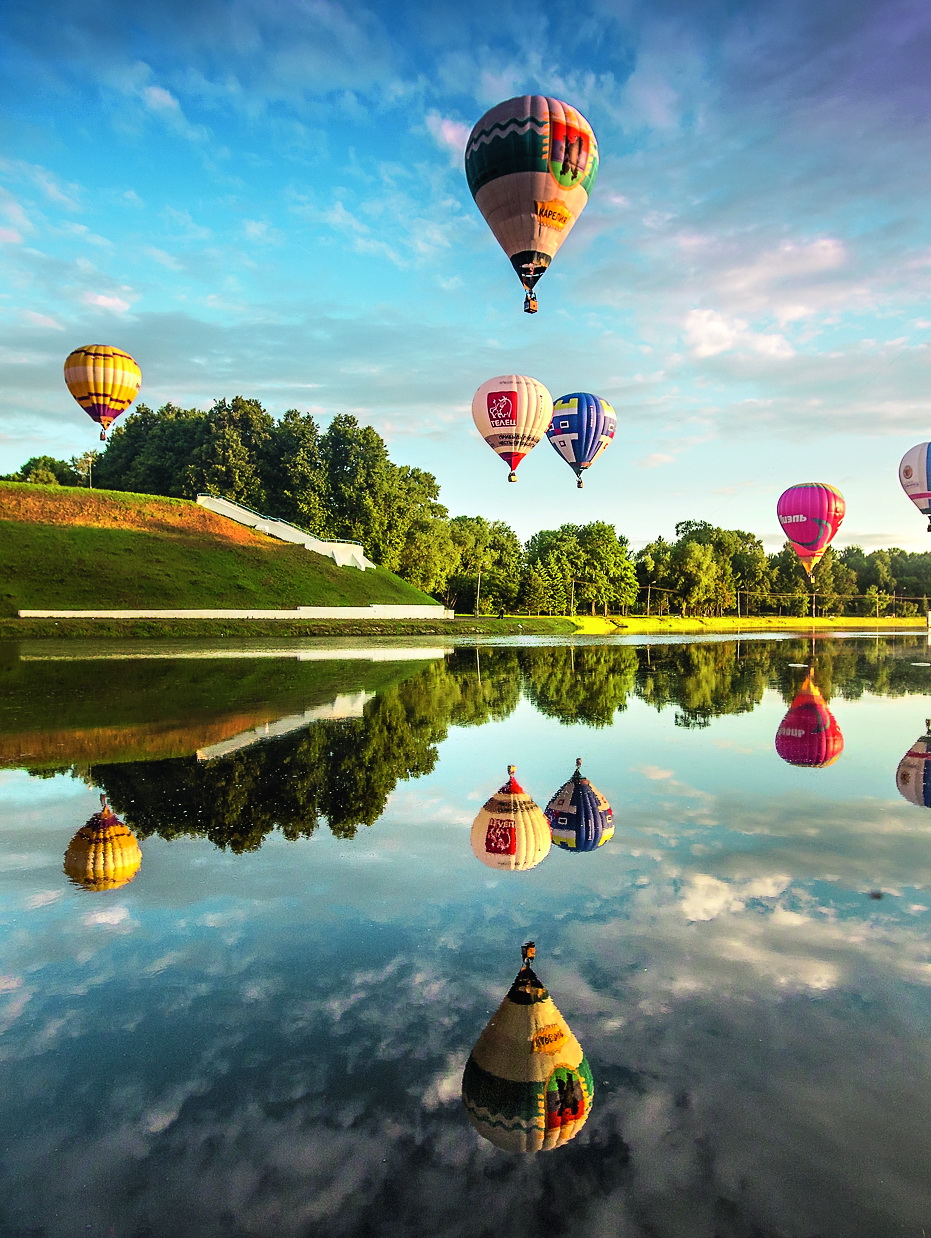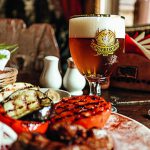The stunning views of Pskov’s mighty walls and towers reflected in the waters of the Velikaya River will make an impression on every visitor to the city.
The foundations of the Russian state and Russian democracy were laid in the soil of Pskov. Here you can see the mighty walls of ancient fortresses that withstood siege by the greatest armies of Europe, or visit the grave of the most revered Russian poet Alexander Pushkin at the SvyatogorskY Uspensky Monastery.
TEXT: ANNA IVANOVA

Ancient Pskov, which is now 1,116 years old, was once one of the biggest cities in Russia and Europe. The Pskov fortress consisted of five fortified circles, which made the city practically impenetrable. Three of them are still preserved today and attract tourists from all over the world. The stunning views of Pskov’s mighty walls and towers reflected in the waters of the Velikaya River will make an impression on every visitor to the city.
A stroll along the old town’s shady, cozy streets is a particular pleasure. Here medieval architecture is intertwined with the architecture of a 19th century provincial centre. You will discover the secret of Pskov’s churches, which look different from different angles: sometimes vast and monumental, sometimes small and compact. Pskov is called “the Home of the Holy Trinity”, thanks to another well-known landmark: the majestic Trinity Cathedral, which stands at the centre of the city’s kremlin.

Tourists and pilgrims alike are drawn to the “God-Given” caves in the Holy Dormition Pskovo-Pechersky (Pskov-Caves) Monastery, located 50 kilometers from Pskov. There are “streets” through the caves built into the Holy Hill with more than 10,000 underground tombs. Tours are conducted by the brethren of the monastery.

Art lovers will be amazed by the paintings displayed in the local museums. In Pogankiny Palaty — one of the buildings of the Pskov Historical, Cultural and Architectural Museum — exhibits the paintings of Vasily Tropinin, Karl Bryullov, Ivan Aivazovsky, Boris Grigoryev, Aristarkh Lentulov, Marc Chagall, Robert Falk and Pyotr Ossovsky.

The grave of Russia’s greatest poet, Alexander Pushkin, is also in the Pskov Region, at the Svyatogorsky Uspensky Monastery. In the Mikhailovskoye Museum, you can learn about Pushkin’s life and fun-loving escapades, and discover the history of Alexander Pushkin’s great-grandfather Abram Hannibal, the “Moor of Peter the Great”.

Every year, the Pskov Region hosts a great number of interesting events, such as the festivals of military-historical reconstruction the Battle on the Ice, Isaborg, and the Iron City. At these events you can try on the armour of Russian and Teutonic knights, learn archery and forge a sword. You can also enjoy a good time and get your fill of pancakes while celebrating Maslenitsa (Shrovetide), or float high in a hot-air balloon at the annual Aeronautics Festival in Velikie Luki. Finally, you can hear performances by popular poets at the Days of Pushkin Poetry and Russian Culture in Pushkin Hills.
TLR
Photos: Andrey Koksharov / Dmitrii Merzhanov / bykovvg-1952.livejournal.com /
otzyv.ru / rublevbar.com / topparki.ru / zebroid.livejournal.com
Getting There
How to get there
By plane from Moscow — 2 hours, tickets from $14. By train from Moscow — from 12 to 16 hours, tickets from $10; from St. Petersburg — 3.5 hours, tickets from $9.50.
Where to stay
You will find comfortable and modern accommodations in Pskov at the Old Estate Hotel. Rooms from $70. The Izborsk hotel complex, in an ancient village with a fortress-museum, also has rooms from $45.
What to eat
Pskov has a great variety of restaurants, cafes and bistros. In the Rublev bar, you can try tasty Russian dishes such as thick Chudskaya ukha, a local fish chowder made with Pskov zander. Be sure to try the delicacy of the tsars: snetok, a tender and marvelously tasty variety of smelt, which is an excellent accompaniment to beer.
What to buy
Tourists can buy books, albums and other souvenirs with the sights of Pskov and its famous suburbs. Pskov artisans offer a wide variety of ceramics and handmade goods: crockery, clay figurines, pots and vases. In addition, the region is famous for its honey, pryaniki (spiced biscuits) and textiles.


